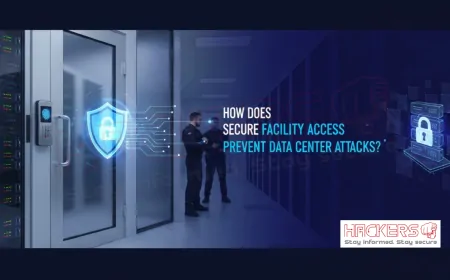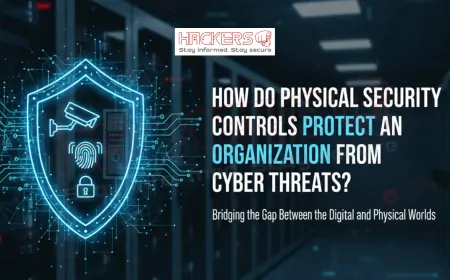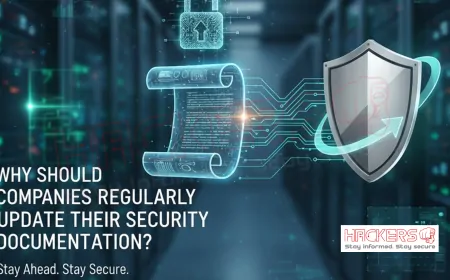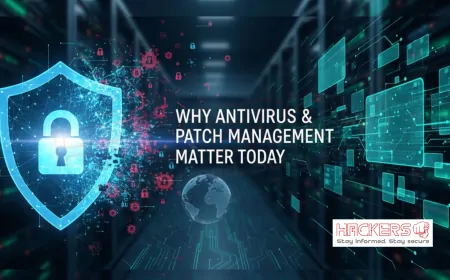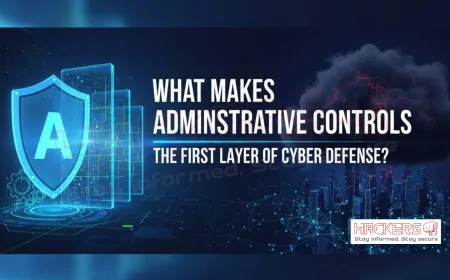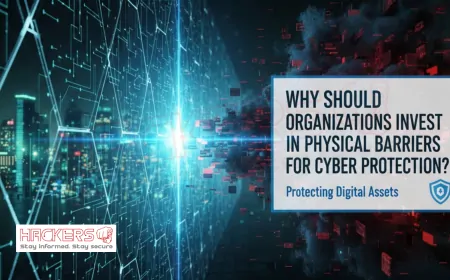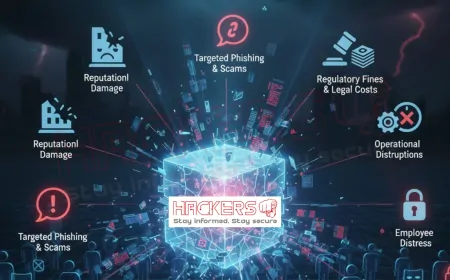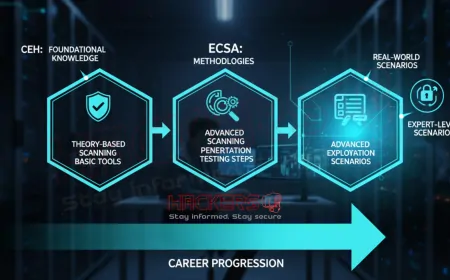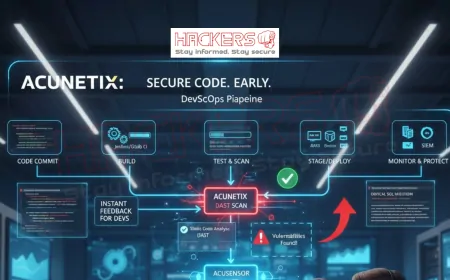How Can Access Control Policies Reduce Insider Threats?
Imagine a trusted employee, with full access to your company's sensitive data, deciding to leak information to a competitor. Or perhaps an accidental click on a phishing email by a staff member exposes your network to hackers. These scenarios are not just hypothetical: they represent insider threats, which account for a staggering 45% of data breaches in 2025. With the average cost of such incidents reaching $2.7 million per breach, businesses cannot afford to overlook this risk. Enter access control policies: these are the rules and systems that determine who can access what information and when. They act like a digital bouncer, ensuring only the right people get through the door. In today's fast-paced digital world, where remote work and cloud services are the norm, these policies are more important than ever. They help minimize the damage from insiders, whether intentional or accidental. This blog post will explore how access control policies can reduce insider threats, breaking down the concepts in easy-to-understand terms. Whether you're a business owner or new to cybersecurity, you'll learn practical ways to protect your organization from within.

Table of Contents
- What Are Insider Threats?
- Understanding Access Control Policies
- How Access Control Reduces Insider Threats
- Key Components of Effective Access Control
- Benefits of Implementing Access Control Policies
- Challenges in Adopting Access Control
- Real-World Case Studies
- Best Practices for Businesses
- Future Trends in Access Control
- Conclusion
- FAQs
What Are Insider Threats?
Insider threats come from within an organization: employees, contractors, or partners who misuse their access. These can be intentional, like stealing data for personal gain, or accidental, such as falling for a scam email. In 2025, 83% of organizations have faced insider attacks, with costs averaging $17.4 million annually.
Why are they rising? Remote work blurs boundaries, and economic pressures may tempt some to act badly. 77% of organizations report insider-related data loss in the last 18 months.
Types include negligent insiders who make mistakes, compromised ones tricked by outsiders, and malicious ones acting deliberately. Detection is hard because they have legitimate access, making traditional security like firewalls less effective.
Impacts are severe: data theft, financial loss, reputation damage. With 56% of organizations experiencing threats
Insider threats are a hidden danger, but with proper controls, businesses can mitigate them effectively.
Understanding Access Control Policies
Access control policies are guidelines that define who can access resources, under what conditions. They ensure employees get only the access needed for their jobs, following the least privilege principle: give minimal permissions to do the work.
In simple terms, it's like giving keys only to rooms someone needs. For businesses, this means setting rules for data, systems, and networks. Policies include authentication, like passwords or biometrics, and authorization, deciding what authenticated users can do.
Why matter? They prevent overuse of access, a common insider issue. In 2025, with hybrid work, policies adapt to locations and devices.
Types: Role-based access control (RBAC) assigns based on roles, attribute-based on factors like time or location.
Policies integrate with tools like multi-factor authentication (MFA), adding verification layers. They are foundational in reducing threats by controlling access points.
How Access Control Reduces Insider Threats
Access control reduces insider threats by limiting exposure. With least privilege, even if an insider turns malicious, damage is contained.
It prevents accidental breaches: restricted access means less chance of mishandling data. RBAC ensures roles match duties, reducing errors.
Monitoring is key: policies log access, spotting anomalies like unusual logins.
MFA adds security: even with stolen credentials, extra steps block entry.
In 2025, with 42% concerned about malicious insiders
Key Components of Effective Access Control
Effective access control has several components. Identification: verifying who users are, via usernames.
- Authentication: proving identity, with passwords or MFA.
- Authorization: granting permissions based on roles.
- Auditing: logging activities for review.
- Enforcement: tools like firewalls applying rules.
- Management: ongoing updates to policies.
These work together for strong control.
Benefits of Implementing Access Control Policies
Benefits are numerous. Reduced risk: limits damage from insiders. Compliance: meets regulations requiring data protection.
Cost savings: prevents breaches averaging $17.4 million.
Trust: shows commitment to security, attracting clients. Scalability: adapts to growth.
In 2025, with rising threats, these benefits make policies indispensable.
Challenges in Adopting Access Control
Adopting has challenges. Complexity: setting up RBAC takes planning. Resistance: employees may see it as restrictive.
Integration: with existing systems can be tough. Maintenance: regular updates needed.
Solutions: start small, train staff, use automated tools.
Real-World Case Studies
Case studies highlight success. One company implemented RBAC, reducing unauthorized access by limiting privileges.
In staff reductions, poor control led to failures, but proper revocation prevented leaks.
A firm used access controls to thwart insider threats, containing damage.
Best Practices for Businesses
Best practices include conducting audits, implementing least privilege.
- Use MFA for all access.
- Train on threats.
- Monitor logs.
- Update policies regularly.
These ensure effective implementation.
Future Trends in Access Control
Trends include AI for anomaly detection, zero-trust models assuming no trust.
Biometrics and adaptive controls based on behavior. In 2025, integration with cloud security is key.
| Component | Description | How It Reduces Threats |
|---|---|---|
| RBAC | Role-based access | Limits to job needs |
| MFA | Multi-factor auth | Adds verification layers |
| Auditing | Logging activities | Spots unusual behavior |
Conclusion
Access control policies reduce insider threats by limiting access, monitoring activities, and ensuring compliance. With rising incidents costing millions, their benefits in risk reduction and efficiency are clear. Challenges like complexity can be overcome with best practices. As trends advance, adopting now prepares businesses for the future.
What are insider threats?
Threats from within, like employees misusing access.
Why are they rising?
Due to remote work and economic pressures.
What is access control?
Rules defining who accesses what.
How does least privilege work?
Gives minimal access needed for jobs.
What is RBAC?
Role-based access control, assigning by roles.
How reduce accidental threats?
By restricting access, less chance of errors.
What is MFA?
Multi-factor authentication, extra verification.
Benefits of policies?
Risk reduction, compliance, cost savings.
What challenges?
Complexity, resistance, maintenance.
How overcome challenges?
Start small, train, automate.
Case studies show?
Reduced unauthorized access, contained damage.
Best practice for audits?
Regular reviews of access.
Future trends?
AI detection, zero-trust.
Stats on costs?
$17.4 million annually per organization.
Insider types?
Negligent, compromised, malicious.
For small businesses?
Essential, scalable tools available.
What is auditing?
Logging and reviewing activities.
How monitor anomalies?
Through logs and alerts.
Integration with tools?
Like firewalls for enforcement.
Why crucial now?
Rising threats in 2025.
What's Your Reaction?









